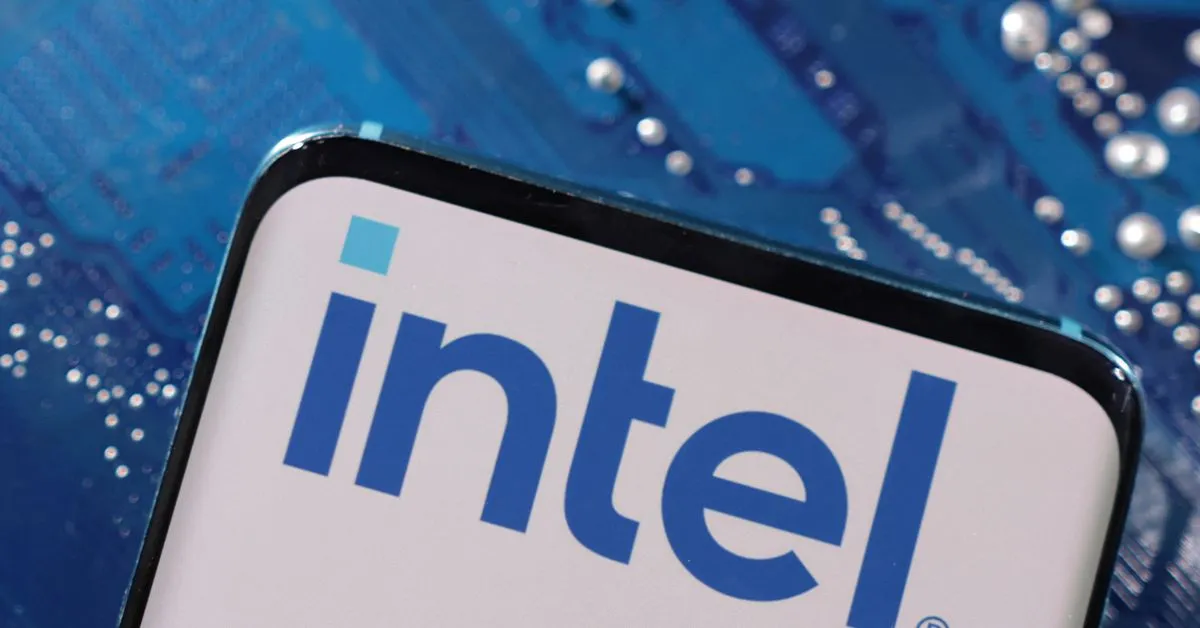- cross-posted to:
- intel
- cross-posted to:
- intel
Gelsinger said in an interview that Intel has a fourth foundry customer for its advanced manufacturing process called “18A,” which it plans start producing in late 2024 and which it will offer to customers through its Intel Foundry Services business.
“We now have three committed customers on 18A, and we expect that we will successfully conclude at least one more this quarter,” Gelsinger said.
He declined to say how many chips Intel will manufacture for those companies, but said the first has pre-paid and is “a very significant customer.”
“The next two are very meaningful, not as large as the first one,” Gelsinger added in an interview. “But now we have engagements with essentially the who’s who of foundry customers.”
Nvidia, if I had to hazard a guess
My guess is OpenAI + Microsoft want a proprietary LLM accelerator.
They’d just go with TSMC. No one takes an unnecessary risk like that on a first gen product.
I don’t think it’s mutually exclusive. I would be surprised if any of these 3 customers are using 18A exclusively.
Probably not (unless Intel is counting itself, lol) but for a theoretical first-gen entry into a highly competitive and time-sensitive market, I can’t see any sane company taking on a bunch more risk by using IFS vs TSMC. Hell, Intel itself seems to be using TSMC for all graphics/accelerators at least through 2025.
Balls, I missed buying the dip because I had to work. Oh well, I did get some more at $33.50 a day or two ago when the poor schmucks were selling due to a rumor. Hope you guys bought the dip.
I’m betting that the big player for its foundry services mentioned in the article is Nvidia, but even if it isnt the case it’s still all aces for Intel’s future. Gelsinger really turned the ship around.
4 customers for 18A and he called them “the who’s who of foundry customers”. Qualcomm is one that everyone speculates as one but I’m definitely curious as to the others. Nvidia? ARM?
I have worked in the 18A node (remember 18 A = 1.8 nm)and Intel is pretty much scamming the naming conventions . The sizes are greater than TSMC 7nm and i don’t understand how they are doing it . But still , Intel doing is day by day improving this foundry services
What size is bigger than tsmc 7nm?
Well good. Whatever your opinion is of Intel, the market NEEDS them, just as it needs Nvidia and AMD. Root for your camp if you will by all means, but don’t root for the death of the others.
Oh, man
Propaganda MinisterCEO Pat strikes again.Before you downvote me here are some facts. Intel is cooking the books:
The actual earnings release from Intel
Margins rise, yeah? What do you as a layman associate margins with? I sell stuff and after expenses i get to keep some money yes?
Page 6:
Loss before taxes: $54 Million
Tax benefit, i.e. tax break. $310 Million.
Net income $297 vs revenue of $14.158 Billion.
Page 13 Operating Margin: -0.1%
But what? Where are the margins rising as in the article?
Intel is
-
selling off assets, mostly parts of mobileye
-
getting tax handouts. The aforementioned $310 Million.
-
Shutting down business units like it is no ones business.
Look up GAAP vs. non-GAAP. (That is why GAAP accounting rules exist so companies can’t pull these kind of stunts with impunity)
So their business is not contributing to anything. Intel is living off it’s substance and is using that to make it’s books and subsequently headlines look pretty.
Yeah that depreciation change was just scummy. Suddenly the assets you have are roughly 60% more valuable than the day before making the change? Why not just go with a 10 year depreciation at that point.
Depreciation change I think they made 1 year ago.
Depreciation rate has no such effect on asset value. In practice it only chances which year their huge outgoing cash flow for investments actually shows in their books. The international standard requires them to try to match the estimated lifetime with actual lifetime of the asset.
Incidentally, intel changed some estimates from 5 years to 8 years. If they expect to be using that equipment for 8 years then that makes sense.
Usually companies would prefer faster depreciation but there is an argument to be made that it does benefit them in terms of taxation to have slower depreciation now that they have smaller profits.
If their operating expenses are lower due to layoffs, they’re going to have better margins…
That’s not what cooking the books means.
-
The total market of x86 PCs is approximately $7.9 billion for Intel and $1 billion for AMD, totaling $8.9 billion per quarter, with virtually no further room for growth. The server and edge computing market is around $5.2 billion for Intel and $2.4 billion for AMD, totaling $6.8 billion. There is an estimated 30-40% growth potential in this sector. The chip foundry market is approximately $12 billion for TSMC, $5 billion for Samsung Electronics, $1.2 billion for SMIC, and $300 million for Intel, totaling $18.5 billion. This market may continue to shrink in the future, with the main growth potential coming from China’s SMIC. If Intel focuses on this area, there is a significant opportunity for growth, at least considering this market as a blue ocean for Intel.
I expect SMIC’s foundry business, primarily serving the domestic Chinese market, to increase to $4 billion per quarter within 5 years. Meanwhile, Intel’s IFS (Intel Foundry Services) is projected to rise to $2 billion. Simultaneously, TSMC and Samsung are expected to decrease from $12 billion to $9.5 billion and from $5 billion to $3.5 billion, respectively, within the same timeframe.

